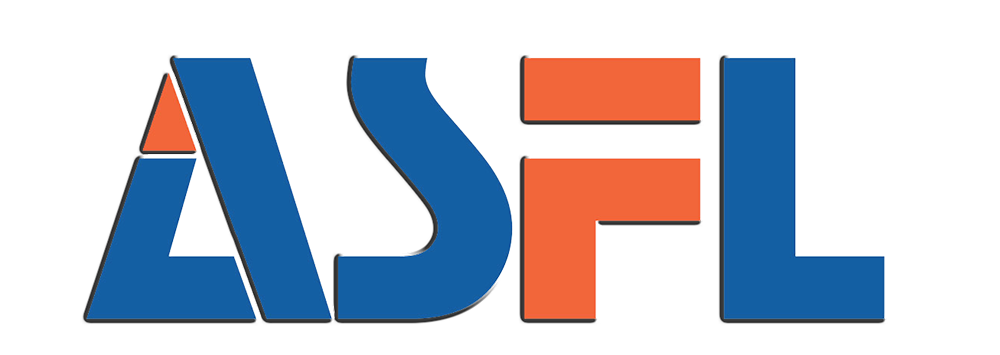Assessing Production Requirements
Evaluating Production Volume Needs
Understanding the production volume needs is crucial when choosing the right soft drink filling machine for your business. These requirements will influence your decision on the type of machinery, its capacity, and the level of automation needed. It's essential to assess your seasonal trends and identify peak production periods to determine the necessary capacity. This understanding helps prevent underperformance during high-demand phases or redundancies during low-demand periods. Industry benchmarks suggest that unnecessary overcapacity—where machinery runs underutilized by up to 20%—can incur extra costs. It underscores why precise volume planning is imperative for efficiency and cost management.
Determining Beverage Characteristics
Identifying the specific characteristics of your beverage is another fundamental step in selecting the appropriate machinery. Different beverages have unique needs based on their viscosity, carbonation levels, and acidity, guiding the choice of filling machines. For instance, carbonated soft drinks require specialized solutions to handle pressure without compromising on quality. It is crucial to consider these properties as they dictate whether you need soft drink filling machines, soda filling and capping machines, or another type. Moreover, the ingredients matter as certain components may necessitate tailored filling processes, such as when handling viscous or sensitive products like juices or flavored waters.
Identifying Container Compatibility Needs
Examining container types like glass, PET, or aluminum is vital to ensure compatibility across your production lines, as it affects the filling machine setup. Incompatibilities can lead to significant downtime, where over 30% of production losses are associated with setup changes. This means it's crucial to prioritize machinery flexibility, allowing for seamless adaptation as your product lines evolve. Future-proofing your operations with a versatile system can minimize disruptions and ensure consistent productivity, accommodating diverse packaging needs and consumer preferences over time.
Critical Machine Features
Automation Levels for Operational Efficiency
High automation levels in soda filling and capping machines significantly enhance operational efficiency. Automation not only reduces labor costs but also minimizes human error, ensuring consistent product quality. Automated systems can boost operational output by up to 30% compared to manual systems, streamlining production processes and enhancing productivity. Additionally, exploring features like automated cleaning systems can further improve hygiene standards, reduce downtime, and facilitate easier maintenance routines, making them a valuable investment for scaling beverage production.
Accuracy and Speed Requirements
When selecting a soft drink filling machine, accuracy and speed are paramount to ensuring product quality and financial returns. A filling variance of more than 2% can be deemed unacceptable, impacting both profitability and customer satisfaction. Modern soda filling machines offer precision filling speeds that can reach up to 600 bottles per minute, drastically reducing production time while maintaining accuracy. Balancing speed and precision is crucial to minimizing product loss and achieving optimal packaging, enabling businesses to meet high production demands efficiently.
Flexibility Across Container Types
Adapting to various container sizes and shapes is essential for selecting a versatile beverage filling machine. Flexibility in handling different container types can improve production adaptability, especially during promotional campaigns that necessitate swift packaging changes. To ensure long-term operational advantages, it is important to assess the modular design of these machines. This adaptability can facilitate future expansions and adjustments, allowing businesses to evolve product lines without extensive machinery overhauls and ensuring compatibility across production lines.
Soft Drink Filling Machine Types
Pressure Filling for Carbonated Beverages
Pressure filling is an essential technology for carbonated soft drink filling machines, as it effectively maintains the carbonation levels throughout the filling process. This method is specifically designed to minimize foaming, which results in more efficient filling and superior product quality. Research indicates that pressure filling can enhance filling speed compared to traditional methods by up to 25%. This efficiency is critical in high-volume production environments where consistent quality and speed are paramount. The method's ability to maintain carbonation while reducing foam ensures that beverages retain their intended taste and quality right up to the consumer's first sip.
Gravity Filling System Applications
Gravity filling systems are particularly effective for non-carbonated beverages, utilizing the natural force of gravity to fill containers. This method is popular among smaller production facilities because it is economical and simpler compared to other methods. However, considerations must include filling speed, accuracy, and the requirement for a level filling solution to ensure consistency across all bottles. The system's simplicity makes it ideal for firms that prioritize cost-effective operations while maintaining a solid level of consistency and quality.
Volumetric Filling Precision
Volumetric filling is crucial for applications where measuring precision is a necessity, especially in highly competitive beverage markets. This equipment can be calibrated to reduce waste, resulting in significant cost reductions over time. Case studies have demonstrated that volumetric fillers can improve overall productivity by 15% due to their versatile and precise design. This accuracy not only supports brand trust but also ensures compliance with packaging standards, thus safeguarding both financial returns and customer satisfaction.
Counter-Pressure Solutions
Counter-pressure filling solutions are vital for maintaining the integrity of carbonated beverages during the filling process. By pressurizing containers to match the pressure of the liquid, this technology helps preserve flavor and fizziness—key factors in achieving high customer satisfaction. Implementing counter-pressure methods can also lead to a notable reduction in product loss, thereby improving the bottom line numbers significantly. Its ability to effectively reduce CO2 loss makes it a preferred choice for maintaining the quality and taste that consumers expect.
Operational and Cost Analysis
Maintenance Requirements and Efficiency
Understanding the maintenance needs of a soft drink filling machine is crucial for ensuring long-term operational efficiency. Regular scheduled maintenance is an effective strategy to reduce unexpected downtime, which can lead to consistent production rates and overall cost savings. Research suggests that adhering to a maintenance schedule can cut unplanned machine outages by approximately 30%. Investing in staff training for machine maintenance further enhances the performance and reliability of operations. A well-trained maintenance team can quickly address minor issues before they escalate, ultimately boosting the lifespan and efficiency of your machinery.
Initial Investment vs Long-Term Savings
In the world of beverage production, weighing the initial investment costs against potential long-term savings is a critical part of strategic planning. While automated filling lines and advanced machinery might demand a heftier upfront cost, these investments often translate into significantly lower operating expenses over time. Many industry experts agree that investing in high-quality equipment can provide a return on investment (ROI) within 2-4 years. This approach not only optimizes current operational efficiency but also provides room for future scalability, making it a prudent financial decision for any growing beverage production business.





